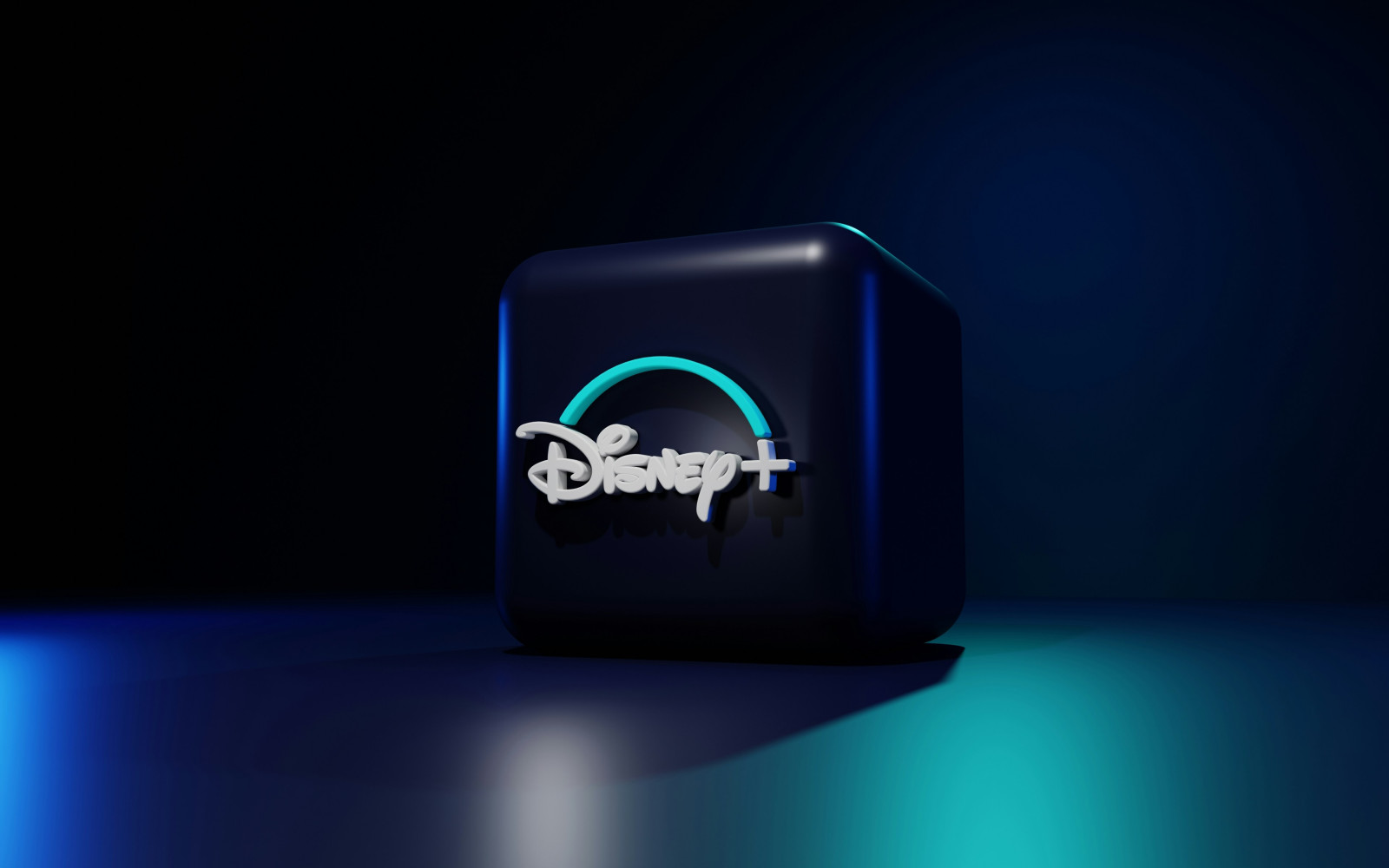Does Disney+ make Disney recession-proof?

Photo: BoliviaInteligente

The storm clouds of recession continue to spread across the world. In the US, the inversion of the treasury bond yield which occurred in March of this year has meant that financial asset allocators are now prepared to pay more for less as they bid up the price of long-term government debt issuance. In Germany and Japan, the government bond market is already in negative interest territory, while in Switzerland the Central Bank is charging holders of the Swiss Franc with negative interest rates. Globally, the private sector has loaded itself up with corporate debt equivalent to 93% of its market capitalisation – the overall corporate debt burden has doubled since the global recession of 2008 as public companies have borrowed to buy back stock rather than increase overall capital expenditure. These increasing macro-economic concerns are being exacerbated by seismic shifts in the liberal global free market consensus as the US and China go head-to-head on raising tariffs, while the imminent spectre of Brexit haunts the EU trade bloc.
The signs are increasingly when, rather than if, a global recession is going to occur – so what does this mean for the new wave of direct-to-consumer (D2C) services coming to market in 2019 / 2020?
Ecosystem moats versus content moats
As Netflix found to its cost in Q2 2019, being a D2C service in an increasingly competitive streaming landscape in the era of peak attention is challenging. While Netflix clearly has strong brand equity and entrenched consumer behaviour supporting its underlying engagement metrics – 51% of adult US consumers now use Netflix on a weekly basis – its Q1 to Q2 2019 2% decline in domestic paid subscribers has revealed its Achilles heel. While the majority of Netflix’s content remains non-exclusive, it will remain at the mercy of commodification – ultimately forcing it to compete on price. Just how much the recent drop-off in domestic subscribers was related to the 15% average price increase introduced in January 2019 remains speculative until the Netflix official Q3 data comes in. However, what is clear is that as we approach the increased probability of a recession, consumers will feel increased pressure to constrict their digital wallets as they seek to rationalise discretionary spending.
Legendary US investor Warren Buffet has defined long-term investment opportunities as residing with companies which have defensive moats – an aspect of their business which cannot be easily replicated and thus commodified. Netflix’s recent challenges provide an early warning of the importance for D2C video entrants to understand what will make them indispensable in the face of the looming spending pressures on consumers.
Two of the new D2C entrants into the US market in 2019 offer alternative ways of minimising the Netflix service commodification risk: Apple, with its integrated ecosystem play, and Disney, with its unique premium content library to supplement its assertive original content strategy.
Featured Report
MIDiA Research 2026 predictions Change is the constant
Welcome to the 11th edition of MIDiA’s annual predictions report. The world has changed a lot since our inaugural 2016 edition. The core predictions in that report (video will eat the world, messaging apps will accelerate) are now foundational layers of today’s digital economy.
Find out more…In Apple’s Showtime Event in March 2019, speaker and AppleTV+ contributor Oprah Winfrey succinctly called out Apple’s DTC moat by explaining what gives the Cupertino Company the consumer edge: “Because they’re in a billion pockets, y’all”. Apple owns its user relationships in a way that no other competitor is currently able to. They own the device-led consumption experience from hardware to software, and they own the billing relationship. Adding in unique premium content, which crucially they can bundle in with their music, gaming and news subscriptions, gives them valuable distinction in the video D2C landscape. For an Apple TV+ subscriber, the sum is clearly greater than the parts.
For Disney+, the D2C Moat resides in its existing brand proposition, its original strategy and its incipient ability to bundle Disney+ with Hulu and ESPN+ (and internationally with Hotstar). Disney’s near-century of original content production primarily focused around children’s entertainment has built it a need-to-have rather than nice-to-have value proposition for families looking to trim down their video subscription spending both domestically and internationally (two thirds of Disney’s theme parks are located outside the US, and the company has targeted the same ratio for the number of international versus domestic Disney+ subscribers by 2024). In 2020, any US family that does not have a Disney+ subscription will be justifying internally and externally why they do not have one, rather than why they do. Adding in the bundle proposition of Hulu and ESPN+ rounds out a niche offering into a mainstream offering which, depending upon pricing, will be able to divert monthly consumer budget allocations away from Netflix.
For Netflix to meaningfully compete with Disney it needs to accelerate its original content strategy and de-couple its content budget from dependency upon issuing corporate debt. At the same time, it needs to flex its pricing model by increasing its telco partnerships to help insulate users from the direct cost of subscribing to the service. If it fails to do so then the cost of securing funding from the debt markets will increase at the same time that consumers start to re-evaluate spending, potentially creating the perfect storm for a company which has come to define the new commitment-free, on-demand streaming era.
For Disney, the D2C odds are now becoming ever more favourable.

The discussion around this post has not yet got started, be the first to add an opinion.